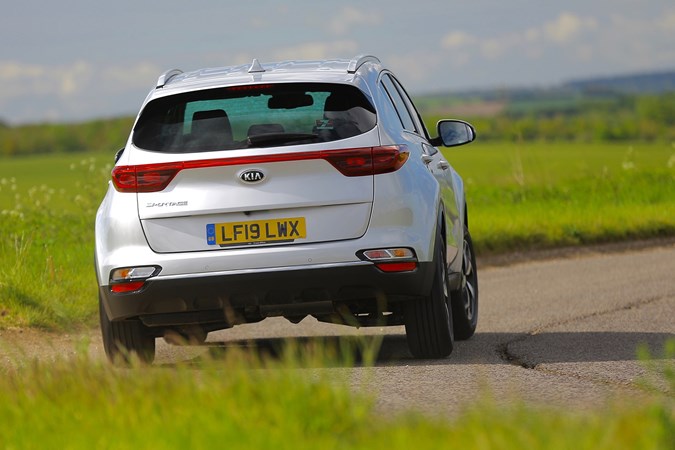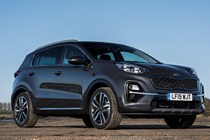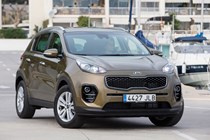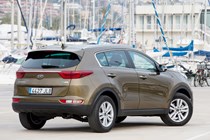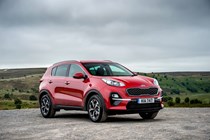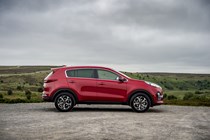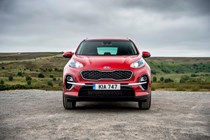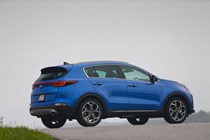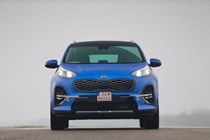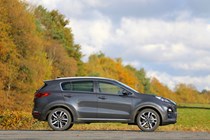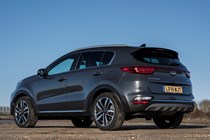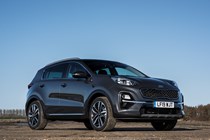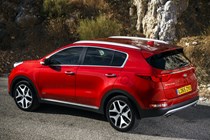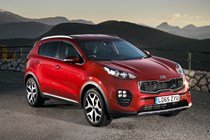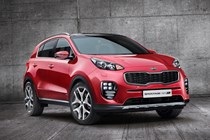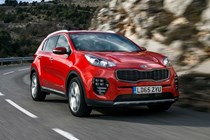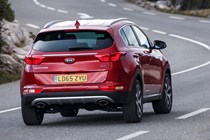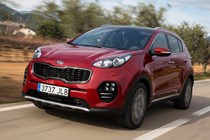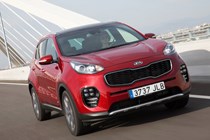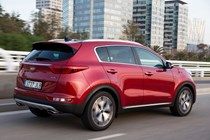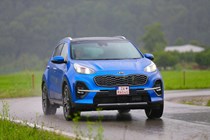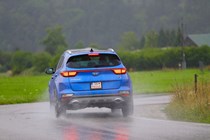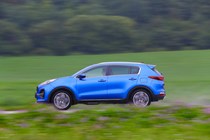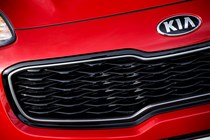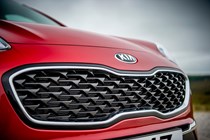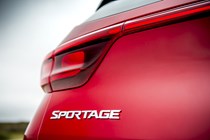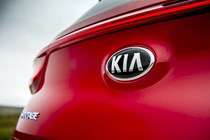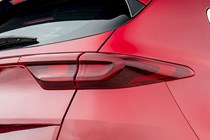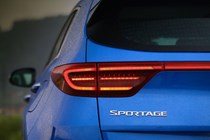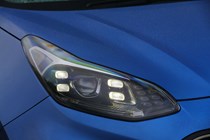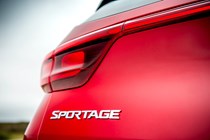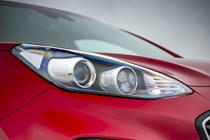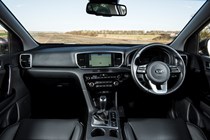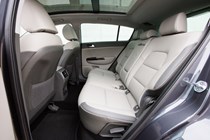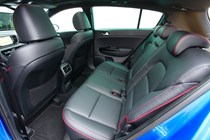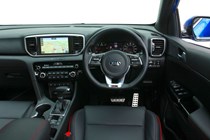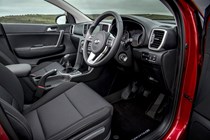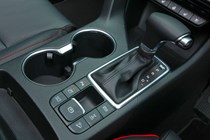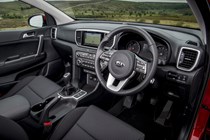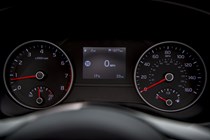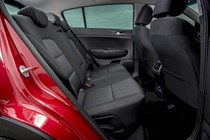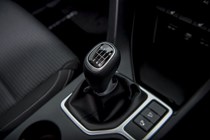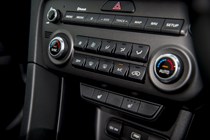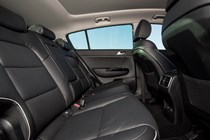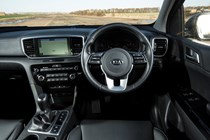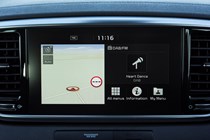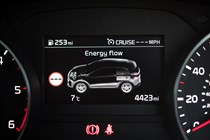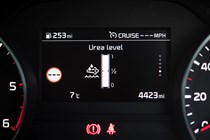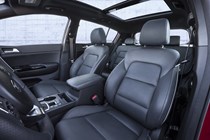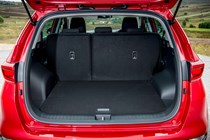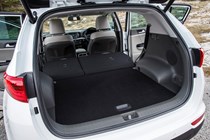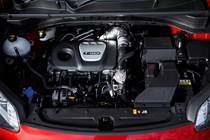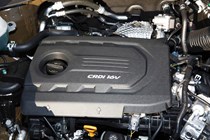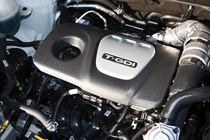Kia Sportage Estate (2016-2021) engines, drive and performance

- Range of petrol and diesel engines available
- Two petrol options and one diesel
- All-wheel drive available, and choice of gearboxes
Petrol engines
With an 11.1-second 0-62mph time and a lack of torque, the non-turbocharged 1.6 GDi engine can feel like you really need to work it hard to get up to speed while sounding a little coarse in the process. However, the power delivery is smooth, and if you’re going to be a low-mileage user, this Sportage could still make a lot of sense.
Alternatively, there’s a turbocharged engine (badged T-GDi) with a much more generous 177hp. Depending on the choice of gearbox and how many wheels are driven, it gets from 0-62mph in 8.6 seconds in the fastest set-up, or 9.2 seconds in the slowest. However, while it offers more performance than the GDi motor, it too is quite noisy and coarse when you rev it (which you need to do more than in the diesels) and isn’t quite as peaceful as you’d like. It’s also not as smooth as the lower-powered unit, making the torquey diesels feel a far better fit in the Sportage.
Diesel engines
The 1.6 CRDi delivers punchy performance, considering its size, with horsepower and torque figures more in keeping with a larger 2.0-litre engine. The mild-hybrid system works well, occasionally nudging the car along with electrical assistance under acceleration, with strong brake regeneration as soon as you lift off the accelerator pedal to help charge up the hybrid battery.
Higher-spec models can be had with all-wheel drive, which also results in the 0-62mph time dropping slightly to 11.6 seconds.
Whether you choose petrol or diesel power, a six-speed manual gearbox is available on all engines. While it’s a little light to use, this is hardly an issue in a car like this, where effortless gearshifts are more of a priority.
A seven-speed dual-clutch automatic is available with the 177hp petrol engine and the 1.6-litre diesel, and while it’s smooth at changing gears, it can be a little slow to respond to throttle inputs. There is a Sport setting that holds gears a little longer, but it doesn’t speed up reaction times to throttle inputs.
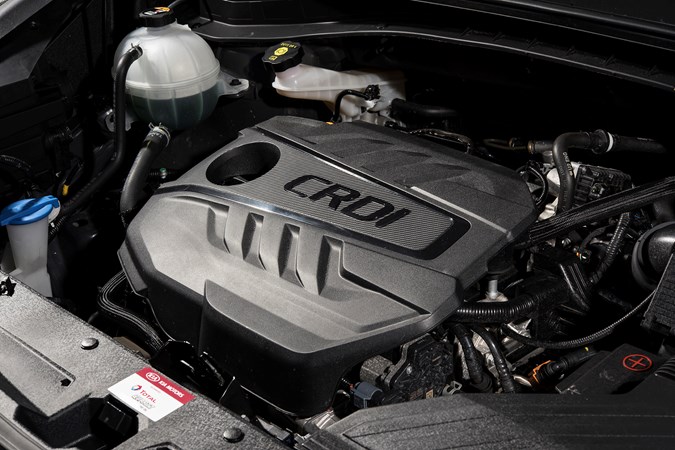
What’s it like to drive?
- Easy to drive
- Four-wheel drive has little benefit on the road
- Steering lacks feel and is too light
Thanks to a sophisticated suspension system mounted on lightweight chassis components and fine-tuning specifically for the UK market, Kia has managed to make the Sportage feel like one of the better handling cars in its class. There’s an expected amount of body roll for a car this comfortable and with this much bodywork – this is an SUV, after all – but it remains composed and predictable.
The electrically-assisted steering has a little weighting to it in the bends, and the motor is mounted to the rack rather than the steering column, which helps make the system more accurate and responsive.
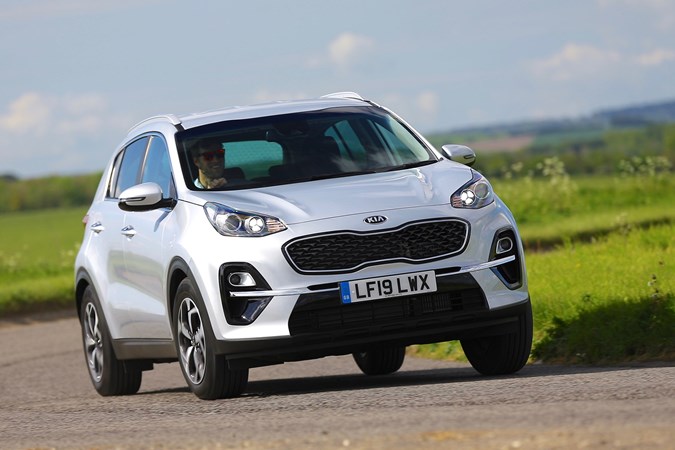
We’ve tried both front-wheel-drive and all-wheel-drive Sportages, with the latter able to send up to 40% of its power to the rear axle if the front loses grip, or split it half-and-half if you activate the locking centre differential function for harder-core off-roading.
We can’t see the point, though, because the Sportage isn’t going to spend much of its time off-road and there’s loads of traction even in front-wheel-drive configuration. Think very carefully whether you’ll make good use of the all-wheel drive, because the front-wheel-drive models are very proficient (and more efficient) in their own right.
What’s more important to many Sportage owners is how easy the car is to drive. In this regard, the answer is that it’s a doddle. The controls are light without feeling too flimsy or like you don’t know what’s going on when you turn the steering wheel, and it feels very composed and predictable – whether it’s a twisty country lane or a tight city street. The good visibility helps here, too.
